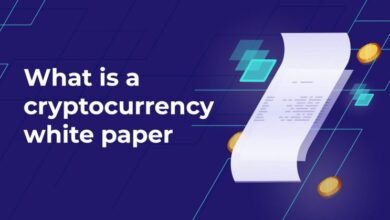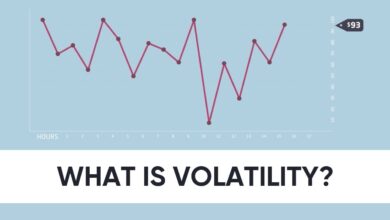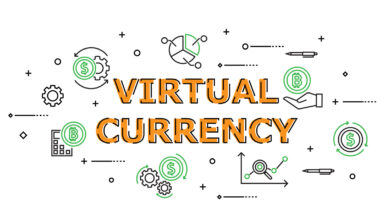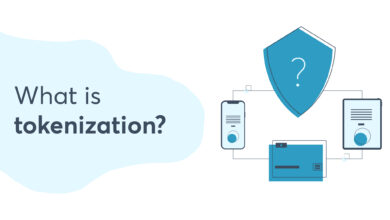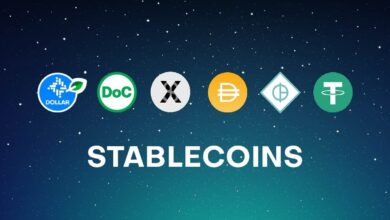What is NFT?

Non-fungible tokens (NFTs) are a subset of cryptographic assets that may be separated from one another on a blockchain by unique identifiers and metadata.
Like cryptocurrencies, they cannot be purchased or sold for exact amounts. Compared to fungible tokens, like bitcoins, which can be used as a medium for financial exchanges due to their interoperability.
- NFTs, or non-fungible tokens, are unique cryptographic tokens that can only be found on blockchains and are not replicable.
- NFTs can be used to represent physical assets like artwork and real estate.
- It is possible to “tokenize” these physical assets, which improves transaction efficiency while reducing the risk of fraud.
- Among the many things that NFTs can represent are people’s identities and property rights.
- NFTs’ value, which first increased but has since stabilized, has drawn collectors’ attention.
Understanding Non-Fungible Tokens (NFTs)
The ERC-721 standard existed before NFTs were created. The minimal interface—ownership specifications, security, and metadata—needed for the exchange and distribution of gaming tokens is described in the ERC-721 smart contract standard, which was developed by some of the same individuals who produced the ERC-20 smart contract.
By merging many non-fungible token types into a single contract and reducing the transaction and storage costs required for NFTs, the ERC-1155 standard builds on the concept. There are numerous potential uses for NFTs. They are the most effective way to represent significant assets, like real estate and fine art, online.
Based on blockchain technology, NFTs can be used to eliminate intermediaries, link artists and audiences, and maintain identities. NFTs have the power to cut out intermediaries, get rid of superfluous steps, and access new markets.
Collectibles like digital art, sports cards, and rarities currently rule the NFT market. Most people have probably heard about NBA Top Shot, a collection of non-fungible tokenized NBA events presented as digital cards.
Millions of dollars have already been paid for these playing cards. In the very first tweet ever sent, Jack Dorsey, CEO of Twitter (TWTR), wrote, “Just setting up my twttr.” He recently disseminated a link to the tokenized tweet. In NFT form, the very first tweet ever sold for more than $2.9 million.
Are NFTs Safe?
Usually secure are non-fungible tokens, which run on the same blockchain as cryptocurrencies. Because blockchains are dispersed, it is difficult but not impossible to hack NFTs. This is a security issue for NFTs since you can lose access to your non-fungible token if the platform that hosts the NFT goes out of business.
What Does Non-Fungible Mean?
In economics, the concept of fungibility is used to describe how some goods can be utilized interchangeably. For instance, a barrel of oil can be substituted for any other barrel of oil because they are all interchangeable. A $1 banknote has the same value as any other $1 bill (or 4 quarters, etc.).
Such items must not be fungible in order to be distinguishable or recognizable. If a well-known artist designed and signed a $1 bill, it would stand out from all other $1 bills and might be worth more than its face value.

